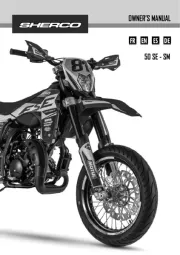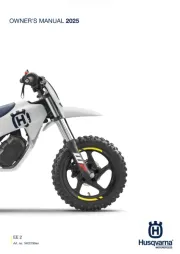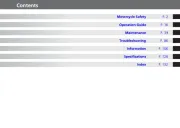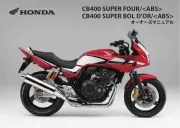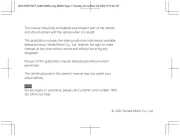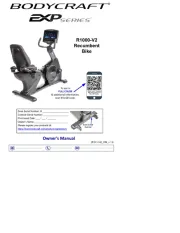Yamaha XV250 Manual
Læs gratis den danske manual til Yamaha XV250 (185 sider) i kategorien Motor. Denne vejledning er vurderet som hjælpsom af 67 personer og har en gennemsnitlig bedømmelse på 3.5 stjerner ud af 34 anmeldelser.
Har du et spørgsmål om Yamaha XV250, eller vil du spørge andre brugere om produktet?

Produkt Specifikationer
| Mærke: | Yamaha |
| Kategori: | Motor |
| Model: | XV250 |
Har du brug for hjælp?
Hvis du har brug for hjælp til Yamaha XV250 stil et spørgsmål nedenfor, og andre brugere vil svare dig
Motor Yamaha Manualer
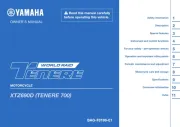
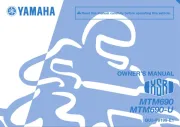


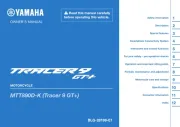
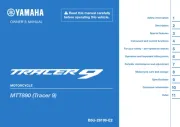




Motor Manualer
- Royal Enfield
- Ducati
- Beta
- KTM
- Harley Davidson
- Derbi
- Triumph
- Hero
- SMC
- Indian
- Sherco
- Mercedes-Benz
- BMW
- Piaggio
- Ridley
Nyeste Motor Manualer
